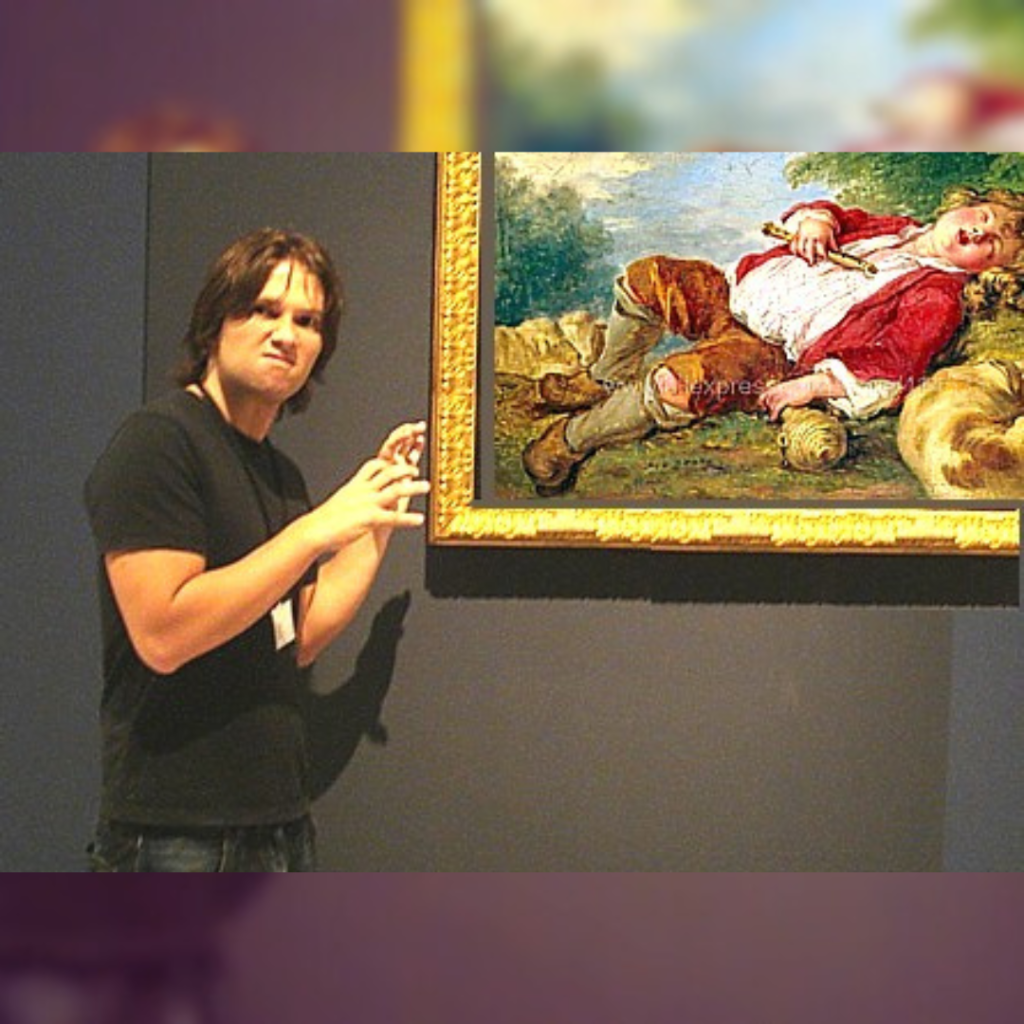Tsuktiben Jamir
Are you prolific in any subject? When do we call someone prolific? One who continuously does artwork is considered a prolific artist. Painting or writing poetry and fiction and producing music is considered prolific creativity. Genius people are called prolific writers, painters, artists or musicians. They make the volume of something in their subject.
But have you ever heard about a prolific art thief?
Stéphane Breitwieser, the master art thief whose daring heists and unrelenting passion enthralled the art world for over a decade, stands out as one of history’s most prolific art thieves, which fascinates the world to this day. Journalist Michael Finkel recounts Breitwieser’s story in his book ‘The Art Thief: A True Story of Love, Crime, and a Dangerous Obsession,’ according to which, Breitwieser was a man who was motivated by an unquenchable thirst for beauty and a disdain for the letter of the law.
Breitwieser carried out about 200 heists from the galleries of cathedrals and museums around Europe, assisted by his girlfriend and lookout, Anne-Catherine Kleinklaus. He operated from 1994 to 2001, mostly with his accomplice Kleinklaus. They were able to take more than 300 priceless art pieces from these heists because of their meticulous approach and Breitwieser’s exceptional abilities, eventually assembling a collection believed to be worth $2 billion. However, there is an interesting twist to these robberies; Breitwieser is driven by a genuine love of art, unlike other thieves who steal for financial gain and keep their valuables in one room so he can take in their beauty.
Breitwieser stood out from other thieves and could carry on uncaught for a long time due to his ability to evaluate security systems and carry out robberies with extraordinary agility and dexterity. With a combination of calculated risk-taking and an addict’s craving for achievement, he undertook risky adventures that astounded the art world. His revisit especially demonstrated this to a museum to collect a misplaced tankard lid. His desire for perfection drove him to revisit the crime scenes to fix even the slightest inaccuracies.

The constant threat of detection heightened the intensity of Breitwieser’s criminal activities. Security guards, museum staff, and unsuspecting visitors unknowingly became players in his elaborate game. Breitwieser’s ability to blend in seamlessly with art-loving couples or casual museum-goers enabled him to strike with precision, leaving behind empty display cases and bewildered curators. The tension between his desire to possess these priceless treasures and the ever-present risk of getting caught fuelled his adrenaline-fueled exploits.
Breitwieser must have felt invincible, and his binge of art theft may have appeared unstoppable. But we know what goes up must come down, and his reign would soon end. His downfall was just as dramatic as his exploits. He gave in to arrogance and disregarded his girlfriend’s advice to stop while they were ahead, which resulted in a last act that destroyed his criminal organisation. The suspenseful tale of Breitwieser’s ascent and descent in ‘The Art Thief’ reveals a mysterious and tragic character devoured by an unquenchable ambition.
Stéphane Breitwieser’s story as the world’s most prolific art thief, masterfully told by Michael Finkel in ‘The Art Thief,’ unveils a world of obsession, audacity, and the intoxicating allure of stolen beauty. Breitwieser’s audacious exploits reveal the depths of his focus and speak to the profound allure of art itself. The stolen masterpieces he amassed were not merely objects of monetary value but gateways to transcendent beauty, captivating art enthusiasts worldwide. Finkel’s fascinating narrative allows readers to ponder the mesmerising power of art, its ability to evoke emotions and the lengths individuals are willing to go to possess a piece of its ineffable magic.





